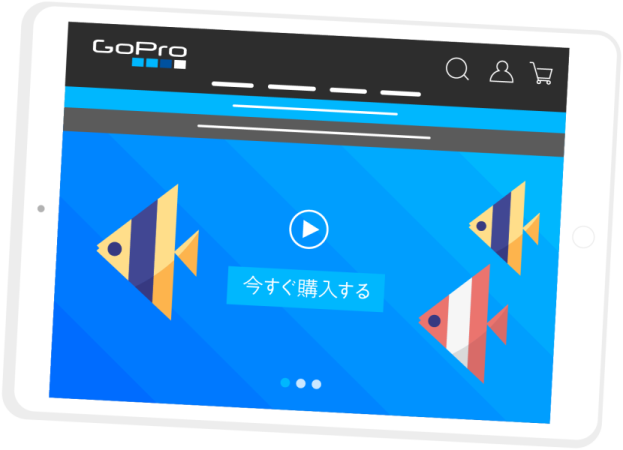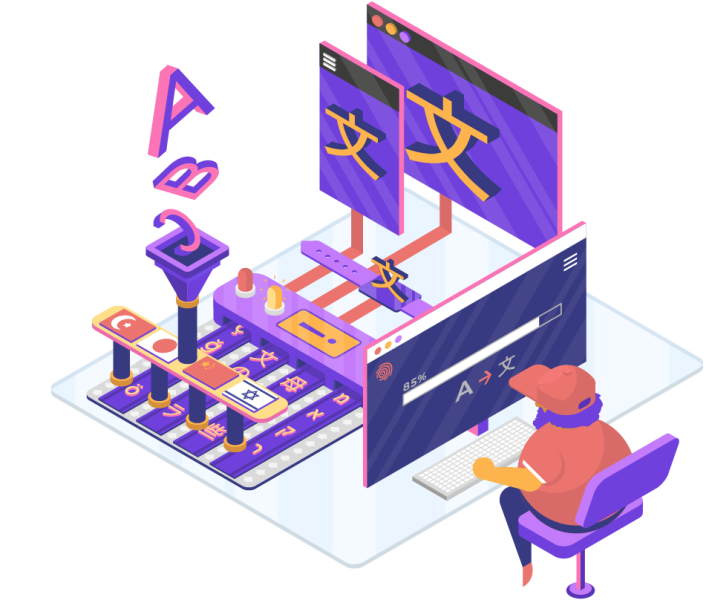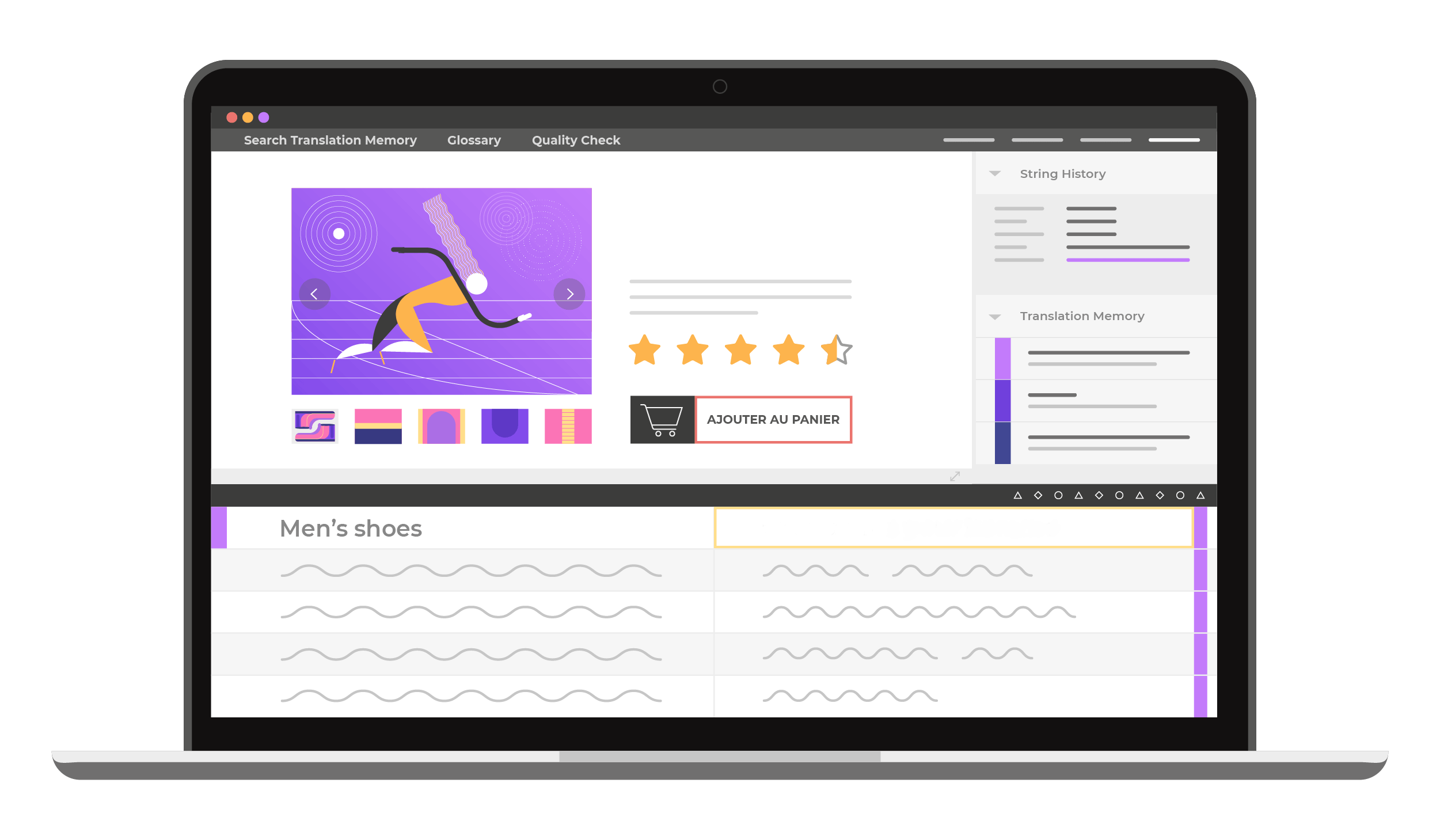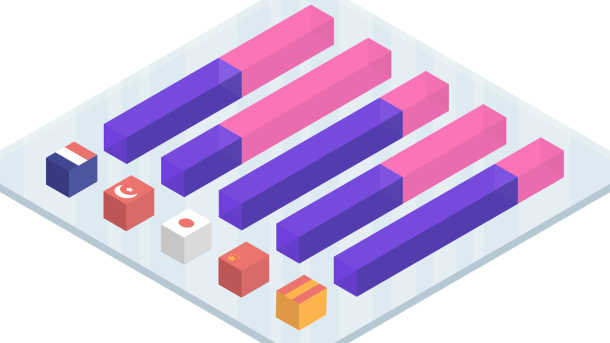We often hear the same story time and time again, "I want to scale my business into new markets, but I have no idea where to begin."
And this is to be expected. Scaling any business introduces several risk factors, complexities, and headaches.
But with the right process, scaling your business with a Translation Management System (TMS) makes moving into new markets a breeze.
Why Scaling Your Business with a TMS Matters
What might have once felt like limited and niche hobbies now have the opportunity to grow into worldwide communities.
As a car enthusiast, I had dreamed of capturing some driving clips right from the driver's seat, just as I'm sure millions around the world have.
Once GoPro hit the scene, every driver around the world had the chance to capture their clips like professional race teams.

The concept behind a unique product like GoPro, for example, shares a universal appeal; whether your adrenaline rush is cycling, driving, riding, skydiving, hiking, surfing, skateboarding, or just walking the family dog.
We all have the desire to capture our greatest action moments to share with friends. Yet prior to expanding into entirely new markets, GoPro was missing out on reaching such a massive audience.
Brands that are looking to expand across the globe hit the same issue that most businesses do. They realize the need, or desire, to scale their business globally, but don’t know where to start:
- How do we even begin to think about entering a new market with a new language?
- How do we host our website in new languages and for new regions?
- Where do we find translators, and why can't we just use machine translation?
- What level of localization is necessary?
- Do we change pricing or offer different products?
Previously this would require a costly, and lengthy, process of hiring a Language Service Provider, or freelance translator, and slowly building a new website, application or branding in a new language, piece by piece.
But there's a better way: scaling your business with a TMS that makes mass localization possible at a rapid pace.
What Is Localization?
Localization is all about adapting your brand's voice, tone and style into a new region and language.
People like to buy from the brands they feel a connection with, and this is made possible by not only translating but localizing, your content and services.
But, as it turns out -- and we know from experience -- it takes a lot more than simply handing your content off to a translator, uploading the content to your website, and trusting the completed result.

That's why Smartling, a Cloud Translation Management System (TMS), was born: to help your business scale into entirely new regions, amplifying your brand and extending your end-user experience to more people.
With the right localization strategy, it can be easy for your brand to expand even further.
Step One: Getting Organized For Localization
Before we jump into exactly how the right tools come into play, we need to understand the nuances involved when scaling your business with a TMS.
Awareness is the first step to solving any problem. We have to be aware that the problem exists before we realize that there is an easier way to tackle the issue.
1. Identify Your Target Markets
We don't want to be selling ice in the winter, so your brand must be strategic about entering new markets.
It's important to understand where your brand is looking to expand, and how localization can help your brand carve out that unique voice to cater to a new unique location.
- What locations does your brand what to expand to?
- What will the user-base look like, and what languages are spoken there?
- Will your business be translating just text and website information, or plan to sell directly in the new region as well?
- If so, will your brand handle E-commerce directly with tools like Shopify, or sell through local partners or vendors through a platform like Borderfree?
2. Prioritize Content for Translation
Scaling your business with a TMS doesn't have to be a go-big or go-home situation. You don’t need to start with every single piece of content.
Determine exactly what content you will need translated to enter a new market, this can include:
- Entire Websites
- Marketing Copy and Campaigns
- Web, Mobile or Desktop applications
- Product Information Management systems
- Support/Legal Documentation
- Subtitles/Captions for videos
- Social Media
Some content can be translated upfront, with small scale projects testing the waters. For example, it might be worth launching one specific product or service in a new region as a pilot.
3. Maintain a Consistent Customer Experience
Your brand's UX is your brand. In this digital age, we mostly interact with brands through their websites, apps, or support directories. Your UX should directly satisfy the customer's needs, without getting in the way.
If users have a difficult time navigating your brand’s UX, it will have a significant impact on the overall customer experience.
Brands that maintain a strong user experience throughout their content will have an easier time creating and retaining loyal customers.
- Translating your brand's UI to maintain the same experience can become tricky and may require collaboration between translators and developers to maintain consistency.
- Design and developer teams might need to revise UI if strings cannot be shortened or changed to fit into the existing UI -- Smartling helps prevent this with our Sketch connector.
The highest priority in localization is maintaining your brand's user experience. Good content won't go far without clear and consistent presentation.
Don't let noise get in the way of your message, and don't let a poorly designed UX prevent customers from accessing your content.
4. Consider Language Services Options
Identify who will translate what, when and how will it be translated. And consider why would you need a professional translator:
- Human translators will act as your brand's local guide by not just translating content, but also localizing to truly capture that brand feel in a new culture.
- Machine Translation can enable a faster time to market, but with a greater risk for inaccuracies. This works best for content that can be edited after publishing.
Your head might be swirling a bit thinking about all of these complexities -- there is a lot of planning and detail involved in scaling your business into new regions.
This is exactly where a Translation Management System like Smartling comes in. With the right tools in place, both translators and developers can focus on providing the best experience possible for your customers, anywhere around the world.
Step Two: Leveraging a TMS to Scale Globally
Translation Management Systems are all about providing your business with the tools necessary to scale more efficiently. This is what we're getting at we say Automated Translation.

The result isn't just your content in a new language. It’s an extension of your brand into a new local region, with the same voice and experience your customers have come to expect.
Some major benefits of a TMS that will enable you to scale your business include:
1. A Centralized Process
There are a lot of players involved in deploying content, websites, and applications, and even more when translating content. The first major barrier here is staying aligned.
With Smartling’s Translation Cloud, businesses can put everything in one place, from source content submission to content translation. And even content publishing!
2. Integrations and Connectors
Your business is already using existing tools, whether that be an internal process of emailing excel files or leveraging a pre built CMS like Contentful or Drupal.
Users don't need to relearn their basic workflows, and can even automate some processes by integrating their existing stack directly into the TMS solution.
3. Data and Analytics for Optimization
Cloud-based tools, and TMS platforms specifically, handle a massive influx of data -- and since all this data is flowing through one centralized database, we can take advantage of it all.
With the help of AI, Smartling provides users with the features and tools they need to analyze their entire process, and directly take action based on those insights.
4. An Automated Process
TMS solutions are more about aiding and improving the translation process, rather than replacing it. This can be achieved through powerful automation.
Available at all steps of the process, automation can include simple tasks like assigning a new job to the correct translator, or as complex as real-time quality checks that scan for issues.
5. Better Translations For a Better Experience
Smartling is always helping your translators ramp up their quality. Glossaries and style guides, for example, can help translators stay on target with brand terminology and voice.
Smartling's Visual Context editor enables translators to see exactly what content they are working on, and how their translation fits right into that content.
6. Language Service Options
Not all TMS providers are equal, and not all TMS platforms will include language services. This is something to think about when scaling your business with a TMS.
Smartling, for example, offers both the tools and the services your brand needs to scale globally at a rapid pace -- wether that be working with one of our rockstar translators like Flavio who can electrify your content in a new language, or leveraging industry-leading machine translation for rapid deployment.
Step Three: Localize and Scale Your Business
When working with Smartling, nothing is downloaded by your translator, files do not need to be emailed back and forth, and you can say good-bye to boring excel spreadsheets without visual context. Instead, everything lives right inside your TMS.
While a lot is going on behind the scenes to make this all possible, the process itself is simple. We like to break it down into four major components:
- Automate: Smartling enables users to automate workflows within the platform, including content submission, progression, and even quality checks to ensure both an optimized process and optimized content.
- Manage: Brands gain real-time visibility into the entire translation process to provide predictability around content organization, cost estimates, and even translation memory usage.
- Translate: Smartling enables brands to bring their own, or leverage our world-class translators. Combine their talent with visual context, and your translation process gains a boost to both speed and quality.
- Analyze: Everything can always be improved. Smartling constantly collects data to analyze and optimize translations, workflows, and even future budgeting.
Part of the beauty behind a modern TMS is flexibility. Users can configure and customize the platform to fit into their exact process and unique requirements.
And believe us when we say it: every customer has their own unique requirements, and Smartling is always up to the “flex” challenge.
Expanding Your Business With a TMS Is The Way To Go
Scaling your business with a TMS enables rapid deployment in new regions at a rapid pace. Forget about emailing spreadsheets back and forth. Cloud translation replaces this traditional, messy process with a truly modern approach.
Within the Smartling platform, automation, machine learning, and deep analytics are all working together to help your brand reach new markets with a consistent and positive user experience.
About Matt
Matt Grech is the Content Marketing Manager at Smartling, responsible for growing Smartling awareness and brand content. As a digital content writer, Matt applies his journalistic lens to content, helping users deepen their understanding of the brand, services and technology provided by Smartling. Matt has previously contributed to an industry leading Unified Communications resource, as well as local newspapers where he developed his unique ability to investigate, interview, and transform complex problems into simple solutions.








